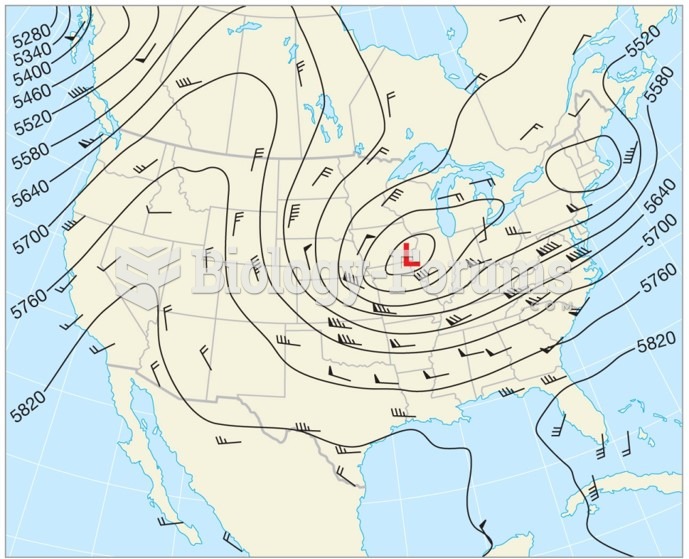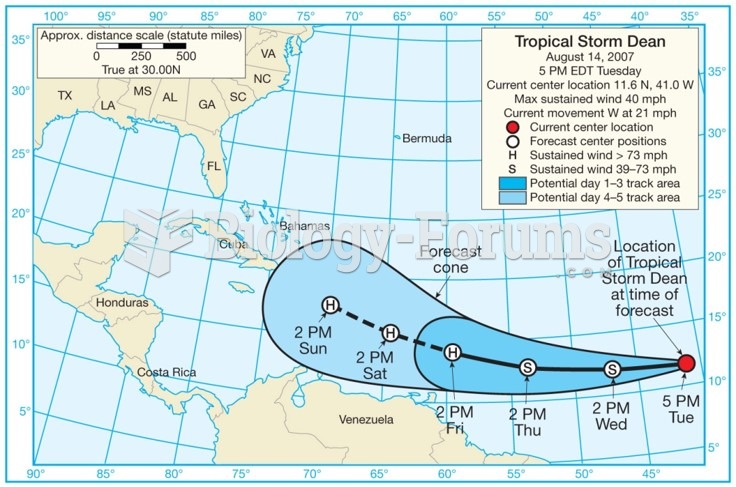Answer to Question 1
One of the most recent initiatives aimed at achieving true supply chain integration is collaborative planning, forecasting, and replenishment (CPFR). CPFR has become recognized as a breakthrough business model for planning, forecasting, and replenishment. Using this approach, retailers, distributors, and manufacturers can utilize available Internet-based technologies to collaborate on operational planning through execution. Transportation providers have now been included with the concept of collaborative transportation management (CTM). Simply put, CPFR allows trading partners to agree to a single forecast for an item where each partner translates this forecast into a single execution plan. This replaces the traditional method of forecasting where each trading partner developed its own forecast for an item and each forecast was different for each partner.
CPFR is a sequence of several business processes that include the consumer, retailer, and manufacturer. The four major processes are (1) strategy and planning, (2) demand and supply management, (3) execution, and (4) analysis. Two aspects of this model are important to note. First, it includes the cooperation and exchange of data among business partners. Second, it is a continuous, closed-loop process that uses feedback (analysis) as input for strategy and planning.
CPFR emphasizes a sharing of consumer purchasing data (or point-of-sale data) as well as forecasts at retail among and between trading partners for the purpose of helping to manage supply chain activities. From these data, the manufacturer analyzes its ability to meet the forecasted demand. If it cannot meet the demand, a collaborative effort is undertaken between the retailer and manufacturer to arrive at a mutually agreed-upon forecast from which execution plans are developed. The strength of CPFR is that it provides a single forecast from which trading partners can develop manufacturing strategies, replenishment strategies, and merchandising strategies.
The CPFR process begins with the sharing of marketing plans between trading partners. Once an agreement is reached on the timing and planned sales of specific products, and a commitment is made to follow that plan closely, the plan is then used to create a forecast, by stock-keeping unit (SKU), by week, and by quantity.
Answer to Question 2
B







